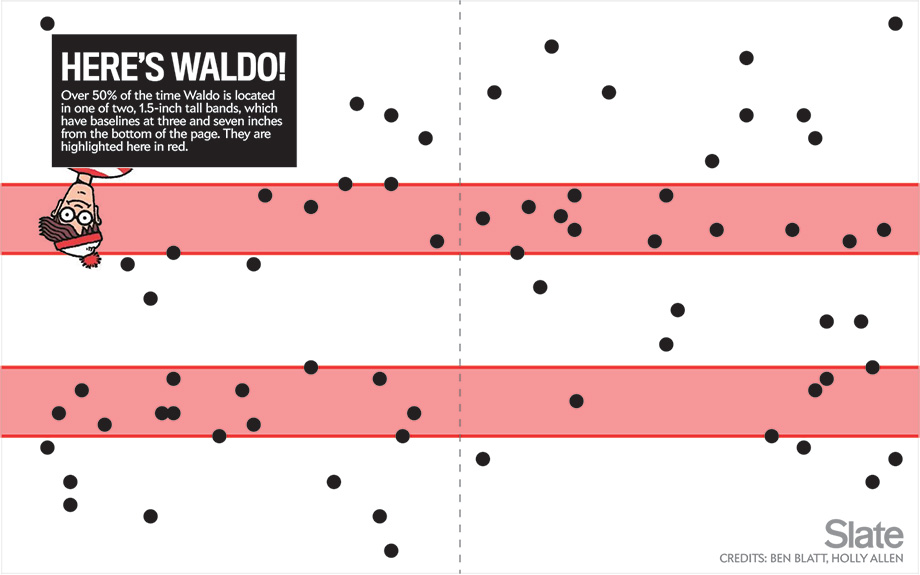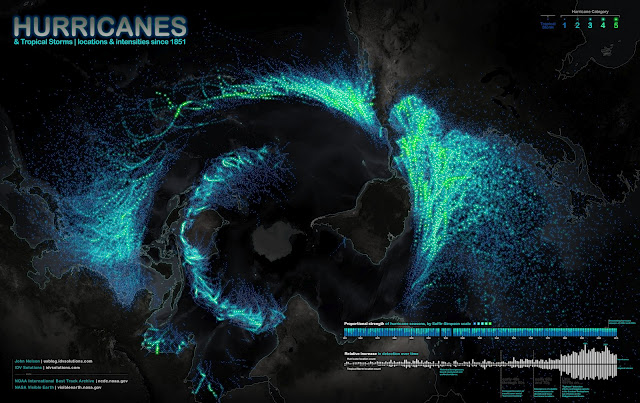Animal Migrations In Motion
Animal Migrations In Motion is a fantastic animated & interactive data visualization of the predicted migration patterns of almost 3,000 species in North and South America as our climate changes.
As climate change alters habitats and disrupts ecosystems, where will animals move to survive? And will human development prevent them from getting there?
This map shows the average direction mammals, birds, and amphibians need to move to track hospitable climates as they shift across the landscape.
Researchers from University of Washington and The Nature Conservancy modeled potential habitat for 2954 species using climate change projections and the climatic needs of each species.
This map was created by Dan Majka, who works for The Nature Conservancy's North America Region science team.
This visualization would not have been possible without the incredible prior work of the hint.fm wind map, cambecc's earth wind map, and Chris Helm's adaptation of cambecc's code.
It's mesmerising to watch! Just like some of the prior designs that inspired this one listed above. It's interactive, so you can move and zoom the part of the map being shown.
The description does leave a few unanswered questions. For instance:
- What time period is being shown here?
- What predicted climate changes and assumptions are being used?
- What species are shown and how were they chosen?
Found on FlowingData!
 animals,
animals,  climate,
climate,  environment,
environment,  patterns,
patterns,  temperature,
temperature,  timeline,
timeline,  weather,
weather,  world
world 

















